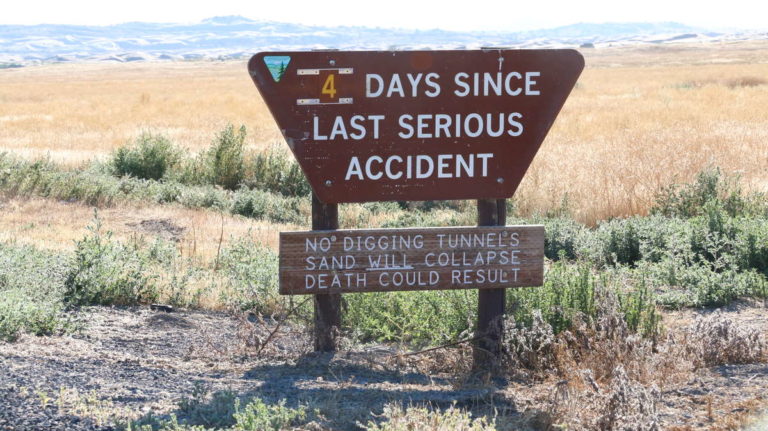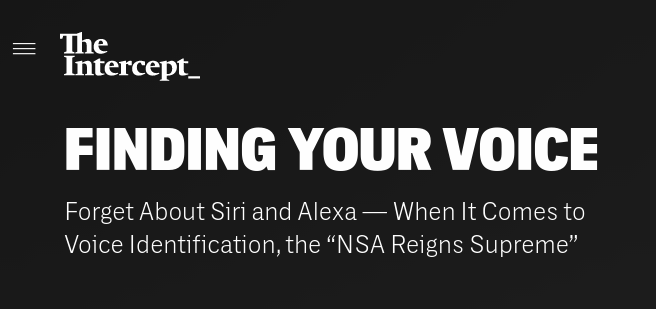The interesting thing about this story (thanks to Fefe!) is not that BMW is using Blockchain now. And it’s not that they go for Cobalt from Congo for their batteries. That all makes perfect sense, given that you want to prove with a probably unhackable certificate story that your Kobalt mining activities do not harm locals or the environment. No, the really interesting part of the story is: BMW and Apple are now competitors. Yep, read that again.

(Alchemist-hp (talk) (www.pse-mendelejew.de), Pure (99%+) Cobalt, Wikimedia)
They used to be alliance friends, partners and we may remember iDrive and similar naming stuff – and the fact that you could only attach your iPhone to the BMW in a reasonable way. Now there’s Samsung-only keyless features for BMWs and Apple cars out there. Since Apple is investigating its capabilities in the electric, autonomous driving market, they more and more become a competitor to BMW.
At least when it’s about batteries and the much needed Cobalt ressources. These are mostly available in Africa, in Congo (80% says the article), and customers are very well aware by now of the blood diamonds and similar painful stories of exploitation.
So only a few days after Apple announced “that it will be negotiating directly with miners“, BMW’s partner Circulor steps in and snarkily comments “We believe it makes economic sense to start with sources that aren’t a problem” and:
“… the trial of their blockchain supply chain solution allows supplying of a barcode to what is known as clean cobalt”, ie. cobalt that has been ethically sourced, and adds the key destinations of its trip to a ledger on their blockchain solution. Apart from proving the source of the cobalt and providing a record for it, the solution will likely also bring down regulatory compliance costs.“
 … For years I have been talking about the dangers of QR codes…. well here’s one of the convenient Apple preload functions, I assume, messing it up: The Hacker News — Online Cyber Security News & Analysis … :
… For years I have been talking about the dangers of QR codes…. well here’s one of the convenient Apple preload functions, I assume, messing it up: The Hacker News — Online Cyber Security News & Analysis … :
